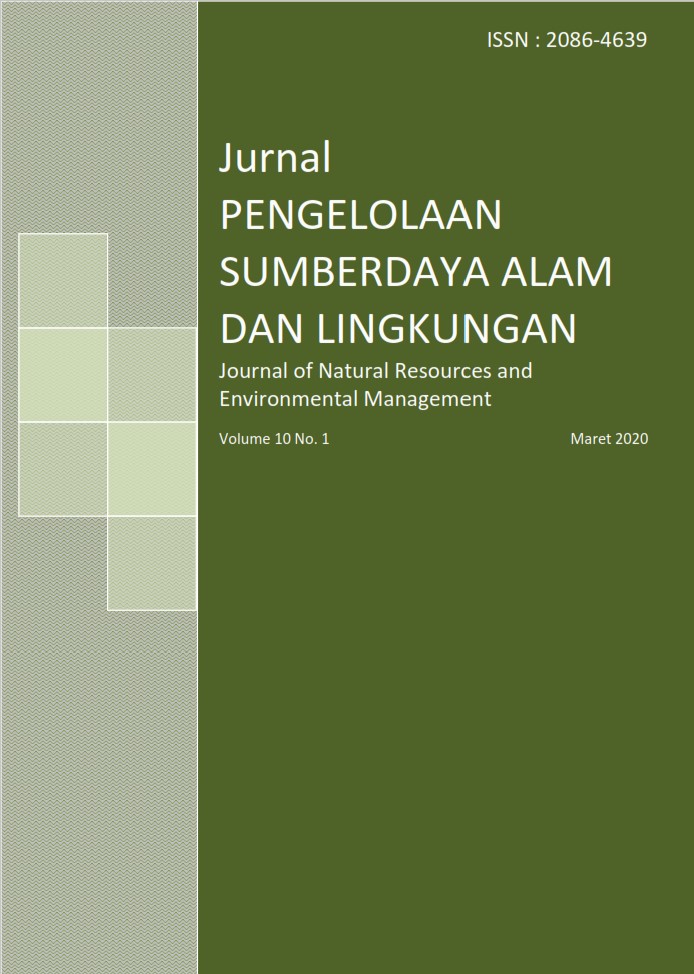Composition of Plants and Spread Analysis of Langkap (Arenga obtusifolia Mart.) in Ujung Kulon National Park
Abstract
Langkap (Arenga obtusifolia) is one of the species of the Arenga clan, which has a wide distribution in Ujung Kulon National Park (UKNP). The aim of study was to determine the pattern of spreading langkap in order to support the management of Javan Rhino habitat. The vegetation analysis method used is a combination method between the line method and the path method. Langkap is the dominant species in UKNP at the sapling growth rate, with a density of 480-624 individuals/ha and INP value of 61.47% -78.30%, while the catch density at seedling growth rate is 900- 2,200 individuals/ha with INP value of 21.31% -49.41%. The standard Morisita coefficient value of langkap in each research block and growth rate is obtained in the range of values (-0.32) - 0.51, the spreading pattern shows a clustered spread pattern (Ip> 0) and uniform (Ip <0). The tendency of langkap domination in the research block can be seen from the ratio of catch density compared to the total density or its relative density at various growth rates. This shows that in the dominant catchment area there is a reduction in the density of plants other than langkap, especially the Javan Rhino feed plants.
Authors
Authors who publish with this journal agree to the following terms:
- Authors retain copyright and grant the journal right of first publication with the work simultaneously licensed under a Creative Commons Attribution License that allows others to share the work with an acknowledgement of the work's authorship and initial publication in this journal.
- Authors are able to enter into separate, additional contractual arrangements for the non-exclusive distribution of the journal's published version of the work (e.g., post it to an institutional repository or publish it in a book), with an acknowledgement of its initial publication in this journal.
- Authors are permitted and encouraged to post their work online (e.g., in institutional repositories or on their website) prior to and during the submission process, as it can lead to productive exchanges, as well as earlier and greater citation of published work (See The Effect of Open Access).
Article Details
10.29244/jpsl.11.2.177-178
10.22146/jtbb.76498
10.29244/jpsl.11.2.177-188






